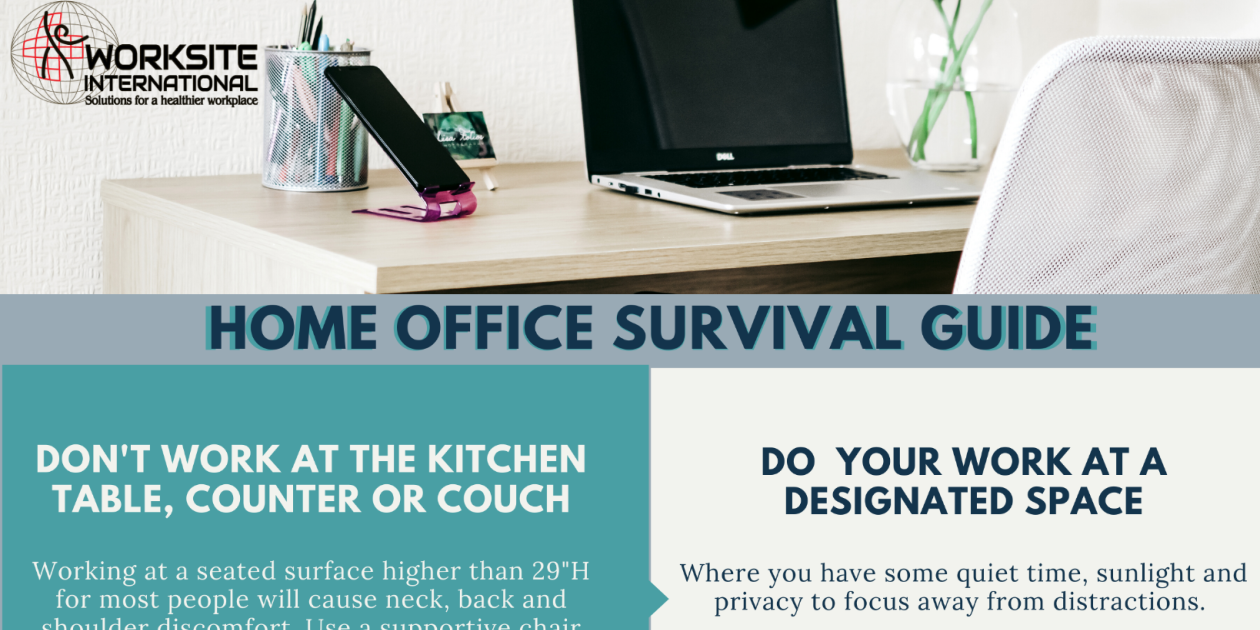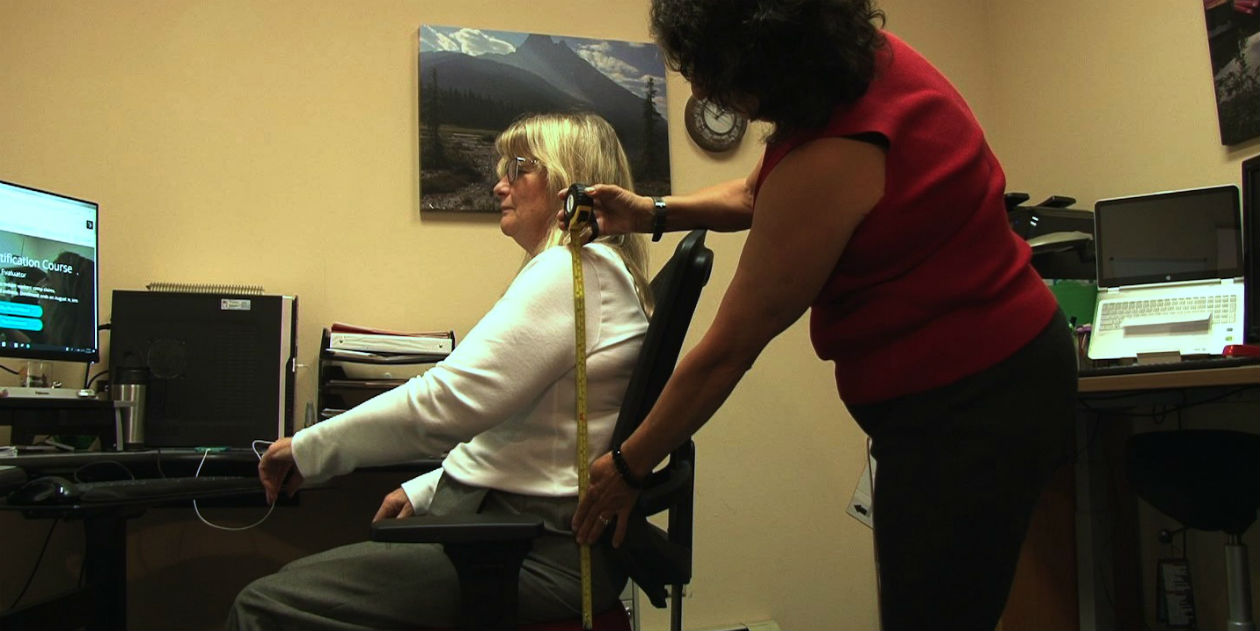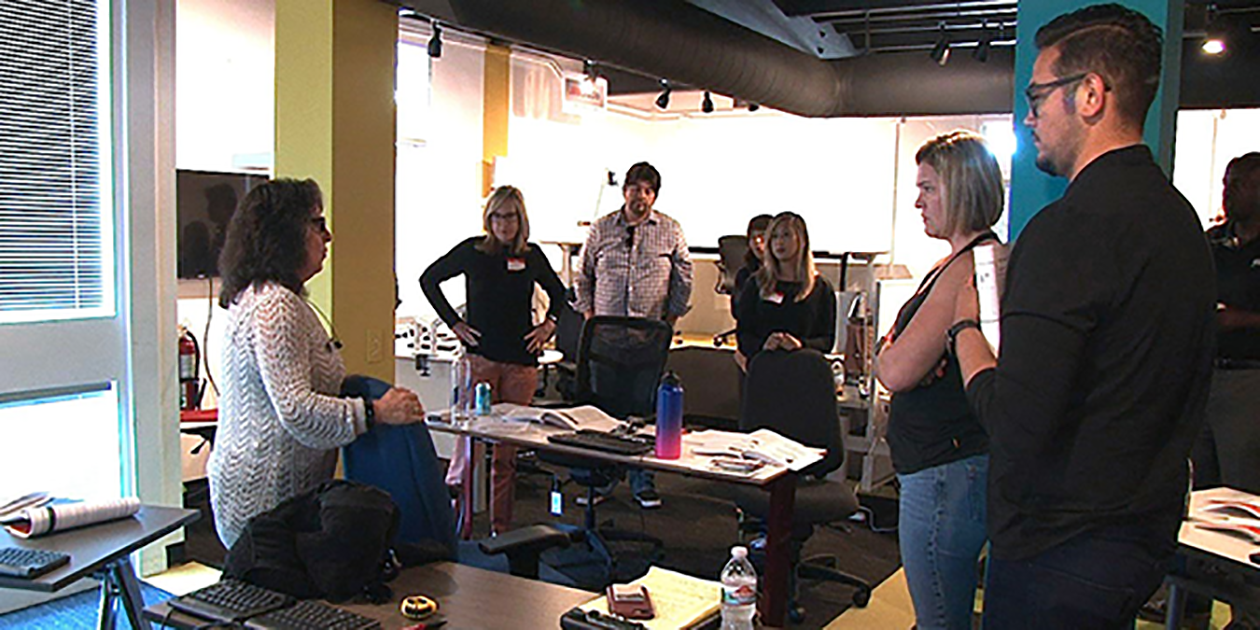Now more than ever we need a home office survival guide! Working from home is not easy. It may sound like a luxury to some, but now it is a reality for many of us. If you don't have a designated office space at home, it can be a challenge. Especially with kids running around, your spouse, the dog barking and numerous other distractions.
Where ever you settle into, make sure you follow these simple do's and don'ts along with the five steps to setting up your workstation at home. While you are protecting yourself from contracting COVID19, you also want to avoid the common ailments associated with sitting at the computer all day. Back pain, neck tension, wrist and hand soreness can all occur at home just as easily as at work.
Read More






![Read: 5 Steps to Setting Up an Ergonomic Workstation [Infographic]](https://www.worksiteinternational.com/hubfs/images/blog/5-steps-to-setting-up-an-ergonomic-workstation-infographic_1260x630px.png)



